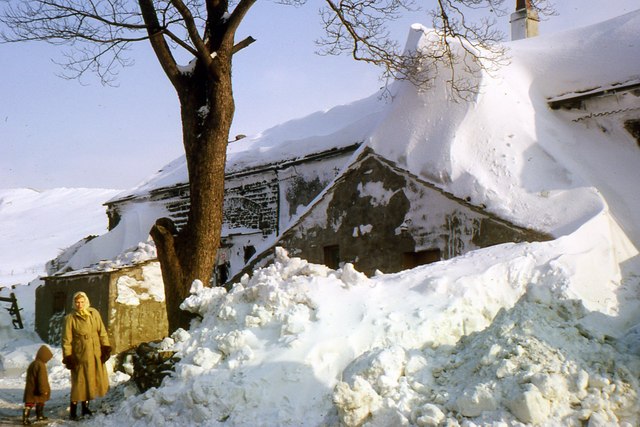Why Early Winterizing Makes a Difference
Preparing ahead of time is the best way to defend against sudden cold snaps and unexpected winter storms. Starting early not only secures your property, but also saves on emergency repairs, energy bills, and unpleasant surprises when temperatures drop. Proactively winterizing both your home and vehicle is key to a smooth and safe winter season.
The Best Time to Start Winterizing
Early fall—between September and November—is the ideal window for beginning winter preparation for both your home and vehicle.
Most experts recommend acting while weather is still mild, before the season’s first significant frost or freeze. This timing provides enough flexibility to tackle maintenance, schedule professional help if needed, and beat the rush for crucial supplies.
Home Winterizing Timing
Begin prepping as soon as nighttime temperatures start to regularly dip below 50°F (10°C), even if just briefly.
In colder regions, target a September or October start, since freezing conditions often arrive before the official start of winter.
Don’t wait until the first frost; by then, energy savings and key repairs may be delayed.
Key tasks for September–October:
Insulate pipes and attics
Seal windows and doors
Check roof and gutters
Service heating systems
Vehicle Winterizing Timing
Perform all critical maintenance before freezing weather sets in, ideally October or early November for most U.S. regions.
If you live in an area with early snowfalls, begin even earlier (late September).
Key tasks to schedule early:
Switch to winter tires
Test battery and replace if weak
Top off antifreeze and fluids
Assemble emergency winter kit (blankets, scrapers, etc.)
Why Now—And What Happens If You Wait?
Delaying winterizing can result in higher repair bills, emergency fixes, and being caught off guard by the season’s first big chill. Many professionals book up fast as winter approaches—starting early means greater peace of mind, better prices, and more thorough preparation overall.
Step-by-Step Winterizing Checklist
For the Home:
Insulate exposed pipes and check for leaks
Caulk and seal windows and doors
Inspect heating system and change filters
Clean gutters and downspouts
Stock up on weatherproofing supplies
For the Vehicle:
Test/replace battery
Switch to winter tires or check tread
Fill antifreeze and windshield washer fluids
Check brakes and lights for icy conditions
Prepare an emergency car kit
Frequently Asked Questions (FAQ)
When is the latest I can start winterizing?
Ideally, complete major tasks before the first frost. However, even if cold weather has arrived, late-prepping is better than skipping it entirely—prioritize plumbing and heating concerns immediately.
Do I need to winterize if I live in a mild climate?
Yes! Even in regions with milder winters, a sudden drop in temperature can cause damage. Basic preparations like pipe insulation and heating system checks are still valuable.
Should I call a professional for winterizing?
While many tasks are DIY-friendly, heating, roofing, and chimney checks should involve licensed professionals for best results.
Take Action Now for a Warmer, Safer Winter
The earlier winterizing starts, the more secure and cost-efficient the season will be. By acting now—before the first frost—your home will be snug, your vehicle reliable, and your family ready for whatever challenges winter brings.
Start prepping as soon as possible this fall to protect your property, your safety, and your wallet from winter’s worst surprises.

